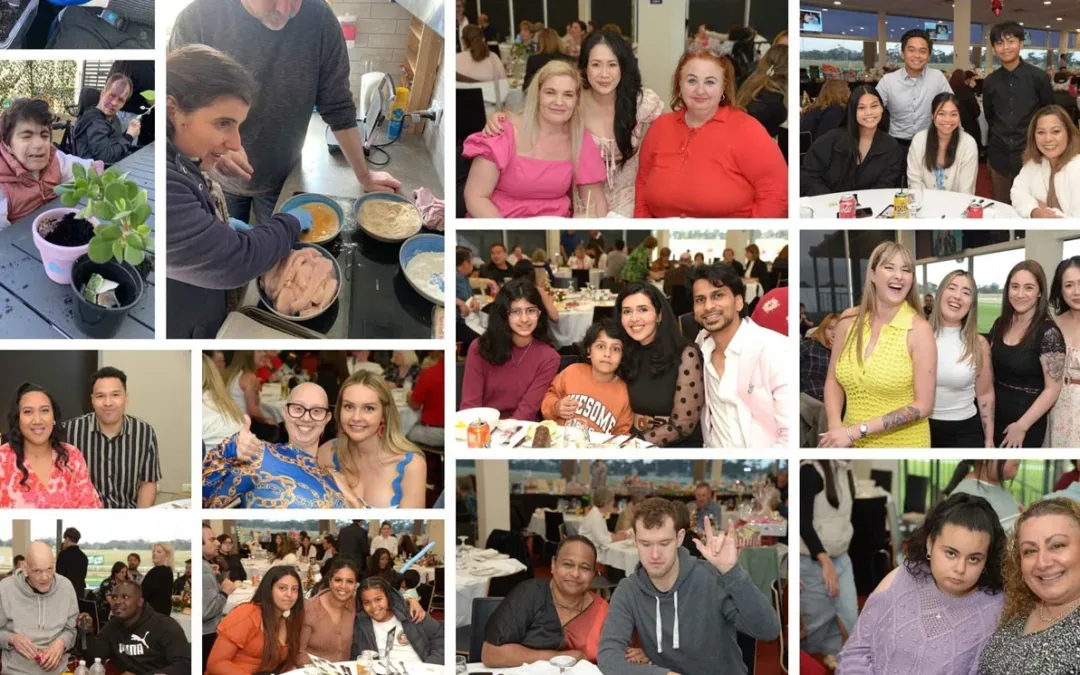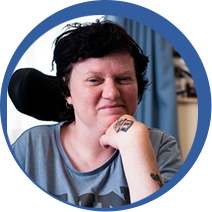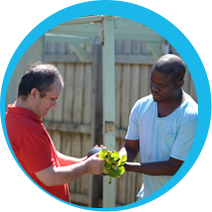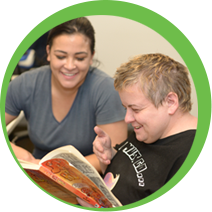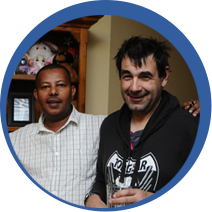As Victoria celebrates Cultural Diversity Week (18-24 March), Gellibrand team members reflect on the organisation’s cultural diversity and why it’s so beneficial.
Gellibrand Support Services has successfully supported people with disability from many cultural backgrounds for more than 40 years. Part of the reason we’ve been able to do that is because of the significant cultural diversity amongst our team members.
“Gellibrand is definitely at the higher end of cultural diversity,” said Admire Mukupe who has been a support worker at Gellibrand for nine years. Admire, who was born in Zimbabwe and came to Australia as a young adult, said it “means everything to him” that Gellibrand is such a culturally diverse organisation.
“I’ve worked at different companies and I have seen it all…working here you could come from any background, it’s not something that is noticeable, you are just part and parcel of the team.”
Admire added that Gellibrand manages “very well” the fact that team members come from so many backgrounds and Amy Qin, part of Gellibrand’s claiming team for five years, agreed.
“They accept all the different cultures, they don’t treat anyone different,” she said. Amy, who moved to Australia from China in 2014, said she enjoyed learning about so many different cultures. “We talk about out histories and make friends with everyone.”
Alison Harris, whose mother is Irish, has been a support worker and support coordinator at Gellibrand for 10 years. She doesn’t see herself as from a particular cultural background but she appreciates being part of such a culturally diverse organisation.
“I think it’s beneficial to have an understanding of different cultures and customs, not just a one-eyed view of the world. I think it also helps us as employees to be able to support our culturally diverse clients, which is great.”
Amy agreed that Gellibrand clients, regardless of their cultural background, reaped the benefits of team members’ diversity.
“We have more resources so we can find different cultural events and activities to get clients involved in, and open them up to multicultural knowledge,” she said, adding that clients from non-English speaking backgrounds often had ready-made interpreters on hand. “For example, we have Chinese and Filipino team members who can translate clients needs, which is very helpful.”
Admire said he’d seen many ways in which clients had benefited from being supported by a culturally diverse team.
“For example, today someone from a Vietnamese background was working and cooked a Vietnamese meal for clients. At Meaningful Activities in Partnership (MAP), we do cultural days or have themes and that helps clients to be aware of other cultures.”
Alison said Gellibrand’s significant diversity meant it was a culturally aware – and sensitive – organisation.
“We have team members we can ask questions who may have the same cultural background as a client we are supporting, so that we can support them as best we can.”
For clients and team members, Gellibrand’s cultural diversity is a strong positive that allows for social cohesion and an environment in which everyone is continually learning about and enjoying other cultures.
“Before I worked at Gellibrand, I never worked with people who are from the Philippines or from India, and I had never had other cultures’ food,” Amy said. “It’s a very positive experience at Gellibrand; I am happy with what I’m doing and I am happy with who I am meeting.”

